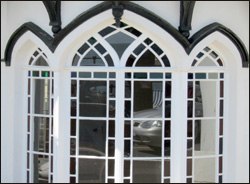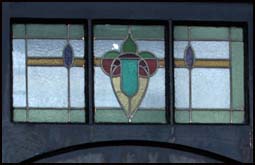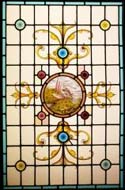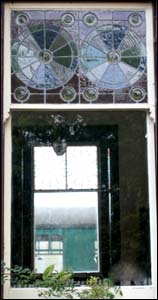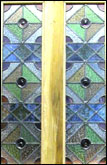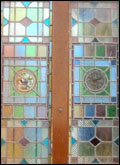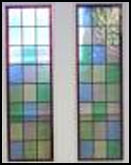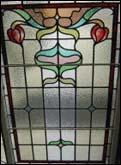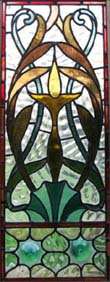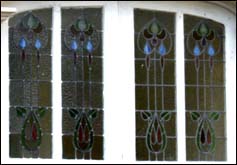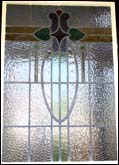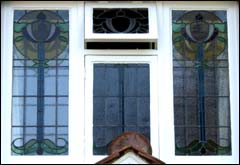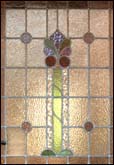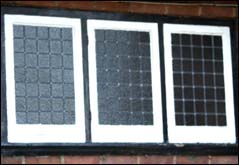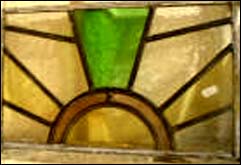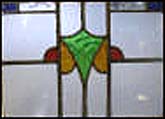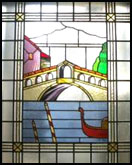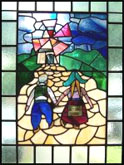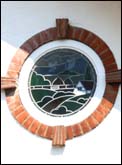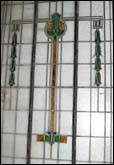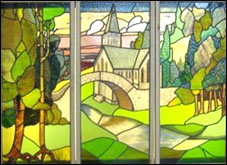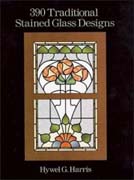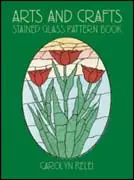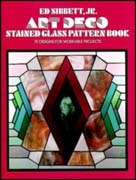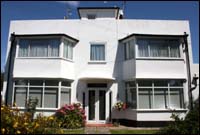|
Stained
& Leaded Glass in the Home
|
||||||||||||||||||||||||||||||||||||||||||||||||||||||
|
The windows were very often filled with stained glass which added a dimension of colour to the light within the building, as well as providing a medium for figurative and narrative art. Wikipedia
Patterns of stained glass can be divided into the style groups of Art Nouveau, Victorian Geometric, Victorian Floral, Edwardian and the Twenties. Early leading designers were the Pre-Raphaelites, William Morris (1834-1898) and Edward Burne-Jones who set up their own glass works. In America, John LaFarge and Louis Comfort Tiffany, who were part of the Art Nouveau and Aesthetic movements, popularized stained glass by using opalescent glass and produced glass windows, lamps and mosaics. Leaded glass generally refers to glass held together by lead and then secured within timber, metal or stone framework. After the First World War glass designs became mass produced and less intricate. Scene would depict galleons, flowers and sun bursts
Georgian
Gothicised Windows (1826) coloured lights in orange and green
Victorian
Victorian Geometric
Art Nouveau
Edwardian
The Twenties - Traditional
The Thirties - Modernity
Websites showing examples of their Stained Glass John Yeo Stained Glass: !920 - 1930's examples Photographs of Art Nouveau and Deco Windows: EasyBoo
Time Lapse Stained Glass- You Tube
Care and Repair of Stained Glass Stained Glass and Its Decay by Drew Anderson
Examples of Stained Glass - You Tube
|


